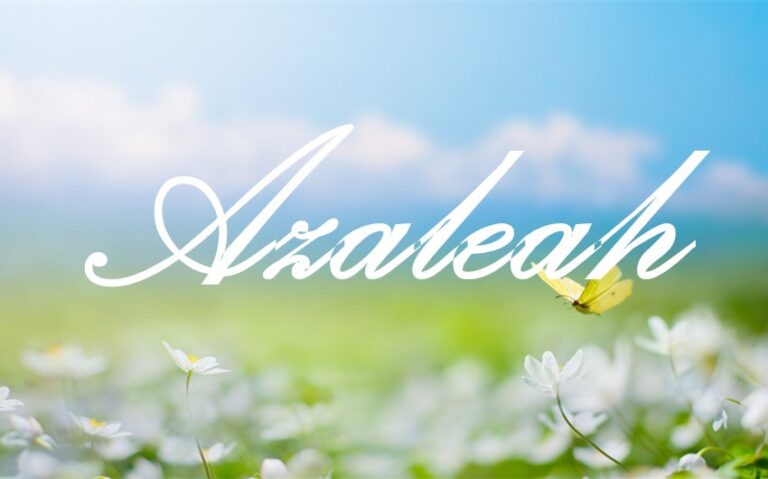The Neko Name Meaning: Japanese Symbolism of Cats, Luck, and Grace
Have you ever been curious about the Neko name meaning and why this short, melodic word holds such cultural and emotional weight? The word Neko (猫) translates directly to “cat” in Japanese, but its meaning stretches far beyond a simple animal reference. In Japanese culture, cats symbolize grace, mystery, and good fortune. The name Neko captures qualities such as independence, elegance, and quiet strength—traits admired in both people and pets. Over time, Neko has evolved into more than just a word for “cat.” It has become a name filled with symbolism, often representing charm, curiosity, and the balance between freedom and affection.
The Origin and Basic Meaning of Neko
The name Neko comes from the Japanese word for “cat” (猫), pronounced “neh-koh.” The kanji character combines two elements: the radical for “animal” (犭) and the component “苗,” meaning “seedling” or “sprout,” which hints at liveliness and natural grace. Together, these components reflect how cats are viewed in Japanese culture—alive, aware, and deeply connected to the natural world.
In Japan, “neko” is a widely used term, appearing not only in language but also in art, mythology, and daily life. It can be used to describe real cats or figuratively to capture feline qualities in people—such as agility, quietness, or mystery. For example, someone who moves gracefully or acts playfully might be affectionately described as “neko-like.”
The simplicity of the word makes it ideal as a name. Whether used for a person, pet, or fictional character, Neko conveys both familiarity and subtle sophistication. It’s a word that’s instantly recognizable yet deeply symbolic—a balance that reflects Japanese aesthetics perfectly.
Symbolism of the Cat in Japanese Culture
Cats have held a special place in Japanese culture for centuries. They are seen not just as domestic animals but as beings of luck, spirituality, and independence. This symbolism gives Neko its profound charm and depth.
One of the most famous symbols associated with cats in Japan is the Maneki Neko (招き猫), or “beckoning cat.” You’ve probably seen the figurine—a cat raising one paw, often displayed at shop entrances or homes. This image represents prosperity and protection. The raised paw invites good fortune, and depending on which paw is raised, it can bring luck in business or relationships. A golden Maneki Neko is said to attract wealth, while a white one brings happiness and purity.
Cats also appear throughout Japanese folklore. The Bakeneko (“monster cat”) and Nekomata (“forked-tailed cat”) are mythical cats believed to possess supernatural powers. Though their stories can be eerie, they often symbolize transformation, intelligence, and spiritual mystery rather than evil. These legends reflect the belief that cats exist between worlds—domestic yet independent, affectionate yet mysterious.
Cats are also admired for their poise and individuality. They move with elegance and confidence, embodying traits often associated with mindfulness and calmness. In Japanese aesthetics, which value subtlety and harmony, the cat perfectly represents a balance between energy and serenity. This is why the word Neko can mean more than “cat”—it expresses a way of being: graceful, thoughtful, and quietly strong.
Neko as a Name – What It Represents
As a name, Neko carries an air of simplicity and charm. It’s short, memorable, and versatile, making it appealing across languages and cultures. People are drawn to it because it feels gentle yet confident—much like the animal it describes.
In Japan, Neko isn’t commonly used as a given name for people, but it has found popularity as a nickname, pet name, and artistic identity. Beyond Japan, many people around the world adopt Neko as a unique personal or online name, attracted by its soft sound and rich symbolism.
When used as a name, Neko represents several powerful qualities:
-
Independence and confidence: Like a cat, those associated with the name Neko often embody freedom and self-assurance.
-
Curiosity and intelligence: Cats are known for their curiosity, and Neko symbolizes an inquisitive mind and a love for discovery.
-
Elegance and balance: The name conveys beauty in simplicity—grace without arrogance.
-
Warmth and mystery: It strikes a balance between affection and individuality, reflecting the quiet companionship cats offer.
Neko is also gender-neutral, which adds to its universal appeal. It’s equally fitting for boys, girls, and nonbinary individuals, as well as for beloved pets. In every form, the name carries a natural warmth and timelessness.
In creative fields, Neko is especially popular. Artists, writers, and performers often adopt it as a stage name to express imagination and personality. In literature and media, Neko characters often embody traits of cleverness, empathy, and emotional depth. The name seems to invite creativity and originality, echoing the playful yet enigmatic nature of cats themselves.
Variations and Related Names Inspired by Neko
The charm of Neko has inspired countless variations and related names, many of which appear in Japanese culture and creative works. These variations retain the essence of the word while adding layers of meaning or personalization.
-
Maneki Neko (招き猫) – Literally “beckoning cat,” this iconic figure represents prosperity, happiness, and protection. It’s one of Japan’s most recognizable symbols of good luck.
-
Nekomata (猫又) – A legendary two-tailed cat believed to have magical powers and wisdom. It’s often seen as a guardian or mystical being rather than a threat.
-
Nekko (ネッコ) – A cute, casual variation of Neko, similar to saying “kitty” in English. It’s often used affectionately for pets or close friends.
-
Nekomi (猫美) – Meaning “beautiful cat,” this can function as a feminine name, emphasizing grace, elegance, and gentle beauty.
-
Nekoma (猫魔) – Literally “cat spirit” or “cat demon,” used creatively in fantasy stories to represent mystery, intelligence, and magical power.
Each of these related forms preserves the symbolic heart of Neko: luck, grace, and independence. They show how the idea of the cat continues to inspire art, names, and imagination in Japan and beyond.






